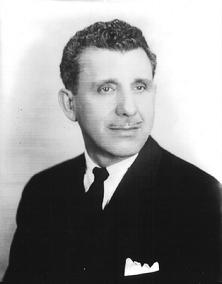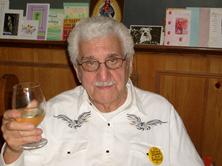D.D. Palmer the founder of Chiropratic said:
“Life is the expression of Tone. In that sentence is the Basic Principle of Chiropractic. Chiropractic is founded on Tone.”
It has been said that we are from The One and we return to The One. The One has a Tone. Chiropractic helps us tune up to the Tone of The One.
There are times when we are tuning up to the Tone of The One that we feel pain. Some call it suffering. The word suffer does mean to endure pain and it also means to undergo: pass through as change. To allow; to permit.
Not all suffering involves pain and not all pain involves suffering. To suffer or undergo and pass through as change does not always involve pain, but when it does involve pain, allow or permit yourself to go through it completely. Not all pain involves suffering. There are people in pain that are not suffering. They are stuck in a comfort zone not allowing or permitting themselves to undergo and pass through as change. They only see pain and stop progressing and learn nothing from it. They will always be in pain mode.
The person in pain that suffers or allows themselves to undergo change knowing that they will be fine always get through it and thrive.
The Tone of The One is a very pure frequency. We we start to tune up to the Tone of The One it shakes us up a bit; like hitting a rug on a clothes line shaking the dust out of it.
The Chiropractor sends a tone into you that shakes up and gets rid of debris inside of you so you can Tune up to the Tone of The One with more ease. Chiropractic helps us become more aware of who we are so we know what we need to do to move forward.
Loma Byrne said “All people need to know is that they are loved.“ That starts with yourself. Love yourself first, then you can love others, than you can allow others to love you.
For me the Tone of The One is LOVE and CHIROPRACTIC HELPS US TUNE UP TO LOVE. Love conquers All. So remember Chiropractic helps you love yourself and then you can see the amazing changes for the better in you which will inspire those around you. You will feel more light.
This is what I think Chiropractic is about. Please know that I truly love, respect, appreciate and honor everyone who comes my way because they teach me things I need to learn to improve myself.
This was written by Brian Patrick Corrigan, a chiropractor in Jersey City, NJ, who runs the Cell- F Center meetings in Brooklyn, NY. Brian’s mentor Pasquale Cerasoli began Cell- F Center to teach people about Chiropractic.



